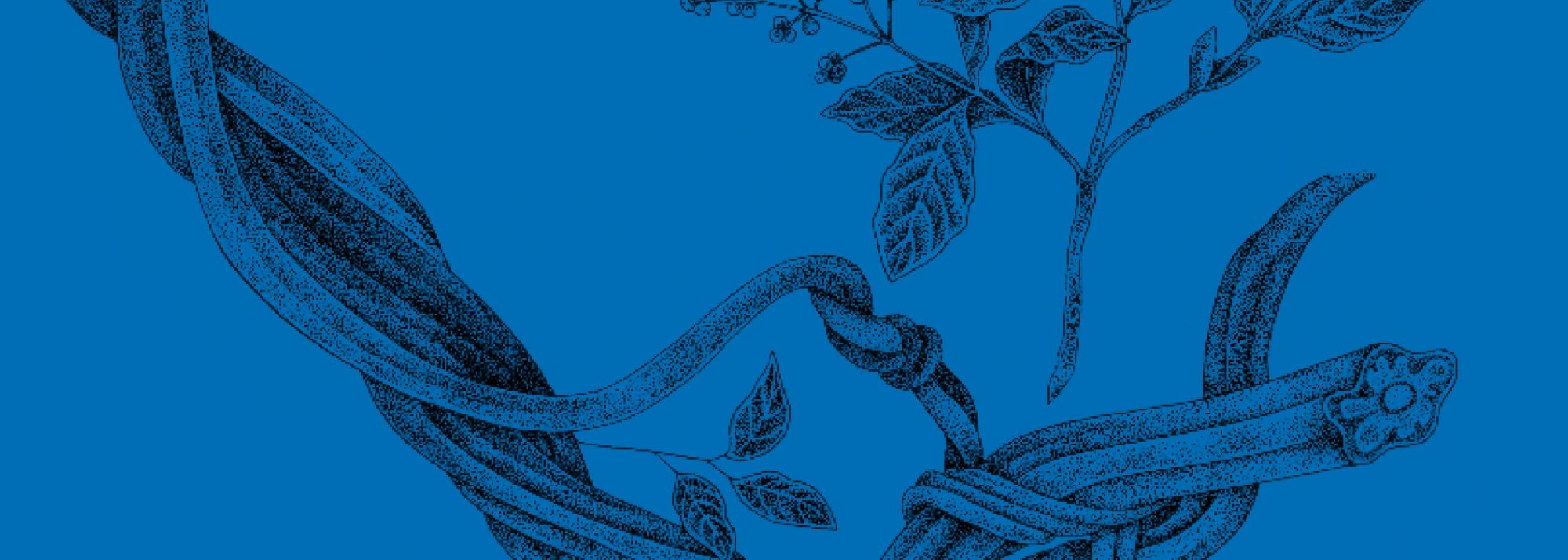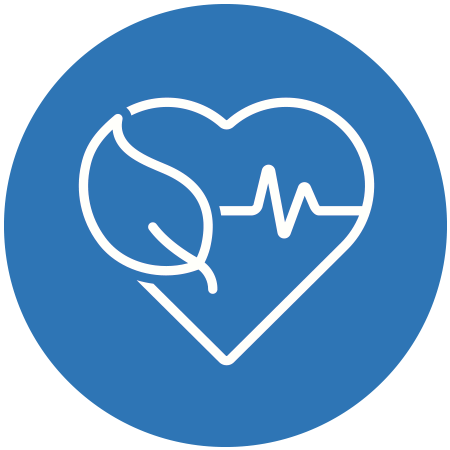
Fact Sheet
Ayahuasca Safety Profile
Studies in both animals and healthy humans have shown that ayahuasca is a physically and psychologically safe substance1,2 when its composition is known, and when it is administered in controlled doses in appropriate environments with the necessary support.

What is ayahuasca?
» Ayahuasca is a decoction of the Amazonian vine Banisteriopsis caapi. The word “ayahuasca” is a Quechua term commonly translated as “the vine of the dead” or “the rope of the dead.” Different Amazonian peoples have dozens of different names for the brew and its variations, which are embedded in complex lineages of traditional practices and knowledge.
» The brew is made by combining the vine with other Amazonian medicine plants, most commonly Psychotria viridis (chacruna) or Diplopterys cabrerana (chaliponga or chagropanga). These admixture plants are responsible for the dimethyltryptamine (DMT) found in the brew, which is made orally available by the monoamine oxidase inhibiting (MAOI) action of the beta-carboline alkaloids.
» Amazonian people use ayahuasca as a medicine, a channel of communication with the natural world, for divination and for strengthening social relations, and more. It is inherent to and inseparable from many Indigenous and traditional cosmologies and central to their cultural identity and political self-determination. In the last few decades, ayahuasca has traveled beyond its historical territories as people from all continents have become interested in its therapeutic and psychospiritual benefits.
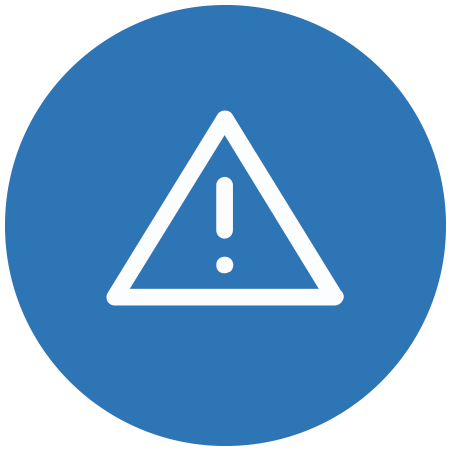
Physical risks related to ayahuasca pharmacology
» Ayahuasca does not produce toxicity in the body or brain.
» Risks could be related to not knowing the source or composition of the brew. Ayahuasca can include a range of ingredients in addition to the Banisteriopsis caapi vine and DMT-containing admixture plants.
» Beta-carbolines found in the brew could interact with certain foods, medications, or drugs. Specifically, harmala alkaloids inhibit the action of monoamine oxidase (MAO), an enzyme present in the gastrointestinal tract that degrades monoamines.
» The combination MAOIs with SSRIs (selective serotonin re-uptake inhibitors) or other medications is counterindicated.
Psychological risks related to the nature of the experience
» The occurrence of a difficult psychological reaction is the primary risk associated with the use of ayahuasca.
» The psychedelic effects of ayahuasca can be very intense and the experience can be quite immersive, therefore it is not uncommon for reactions of fear and anguish to occur during the experience. These situations are usually transient and resolve themselves during the experience or after effects subside.
» Adverse effects are sometimes experienced after the experience, particularly if it was especially difficult, if the setting in which they took ayahuasca was not safe, or if they did not receive adequate support during or afterward.
» Risks can be reduced by following guidance of responsible and experienced guides and facilitators.
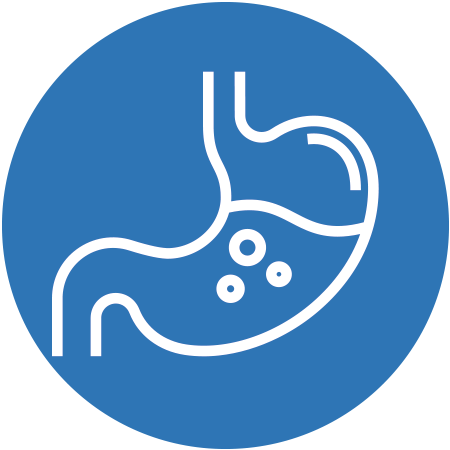
Common adverse effects (or desired effects)?
» Nausea and vomiting are the main adverse effects produced by ayahuasca.3 These are not considered significant adverse reactions by session participants, where they are understood as potential therapeutic effects – physical and psychological cleansing – and called la purga (“the purge”) in traditional Amazonian medicine.4
» For many Indigenous people, purging is the most important desired effect: it helps them stay physically, emotionally and energetically clean.4
» The most common “adverse effects” experienced in a sample of 614 people were vomiting, nausea and diarrhea. These effects are actually desired for users, who consider this process as part of a necessary purge.5
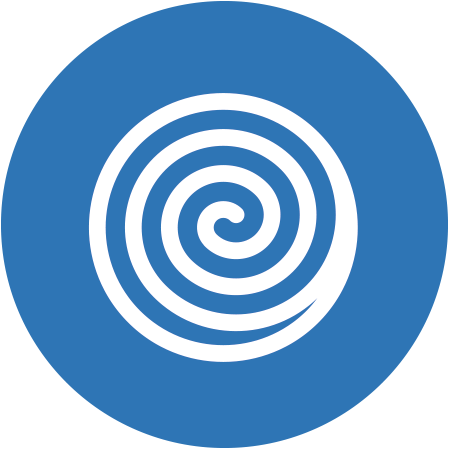
What about acute psychological adverse reactions?
» Psychiatric symptomatology amongst ayahuasca users is rare, and seemingly below the prevalence of psychiatric problems in the general population. Regardless, ayahuasca is contraindicated for people with grave psychiatric disorders, particularly individuals prone to psychosis. 7
» A recent study of acute psychological adverse reactions found that 17.5 percent of participants (first time users who met criteria for mental health disorders) experienced “intense challenging psychological effects.” None of the subjects developed psychiatric symptoms nor experienced long-term consequences. Most importantly, almost half of participants saw improvements. The authors concluded that challenging experiences can have positive long-term effects, including the reduction in criteria for the diagnosis of psychiatric disorders.8
» Psychological challenges during an ayahuasca experience are not a sign of psychopathology, nor do they entail long lasting psychiatric consequences. With the right integration support and in the correct context, participating in a session can have positive, long lasting effects.
» For most people, overcoming the psychological or emotional challenges that arise is a key component of the therapeutic benefits of the ayahuasca experience.
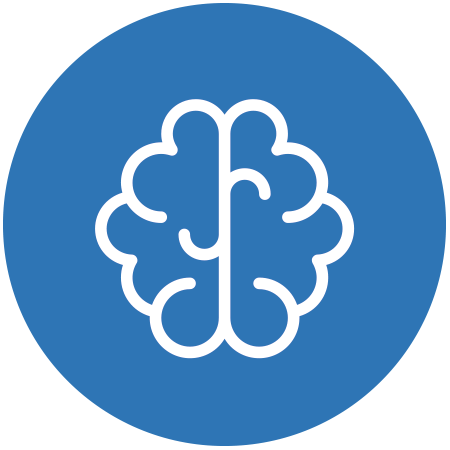
Is ayahuasca addictive?
» Ayahuasca does not produce dependence (i.e. it is not addictive).9 Studies with healthy volunteers have shown that ayahuasca does not produce tolerance, thus it is not necessary to increase the dose to achieve the desired effects, which, together with the emetic effects, protect consumers from overdose or overuse.
» Ayahuasca use seems to act as a protective factor regarding harmful drugs and alcohol consumption.
» Ayahuasca users have a lower prevalence of alcohol and drug use.14
What about its potential for abuse?
» Available evidence suggests that ayahuasca could be used for the treatment of drug dependence.11 Several clinics in South America specialize in the treatment of drug dependence using ayahuasca.12 Recent studies found evidence of efficacy in the treatment of drug dependence in different cultural populations and treatment settings.13
» In neuroimaging studies with healthy volunteers, no activation of brain areas related to the reward systems – the brain areas activated by drugs with potential for abuse – was observed. 10

References
- 1. Riba, 2003; dos Santos, 2011.
- 2. McKenna, 2004.
- 3. Callaway et al., 1999; Riba et al., 2001; Riba, 2003; Riba & Barbanoj, 2005; dos Santos, 2011; dos Santos et al., 2012.
- 4. Luna, 1986, 2011.
- 5. Durante et al., 2020.
- 6. Mello et al., 2019.
- 7. Lima & Tófoli, 2011; dos Santos & Strassman, 2011.
- 8. Gómez-Sousa et al., 2021.
- 9. dos Santos et al., 2012.
- 10. Riba et al., 2006; de Araujo et al., 2011.
- 11. Bouso & Riba, 2014.
- 12. Mabit, 2007.
- 13. Fernández et al., 2015; Loizaga-Velder & Verres, 2014; Thomas et al., 2013; Talin & Sanabria, 2017; Apud & Romaní, 2017.
- 14. Grob et al., 1996; Halpern et al., 2008; Fábregas et al., 2010; Doering-Silveira et al., 2005a.
Resources
- For access to the referred research citations, and for more detailed information on the topics highlighted in this Fact Sheet, please visit the latest edition of the Ayahuasca Technical Report [pdf].
- For general information about ayahuasca, it’s history of use, and legal status in various countries, please visit:
www.iceers.org/ayahuasca/.
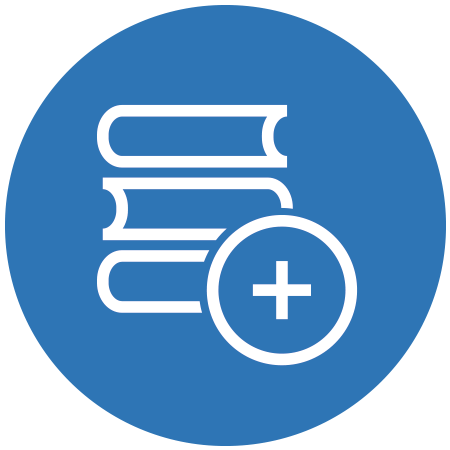
- Apud, I., Romaní, O. (2017). Medicine, religion and ayahuasca in Catalonia. Considering ayahuasca networks from a medical anthropology perspective. International Journal of Drug Policy, 39: 28-36.
- Bouso, J. C., and Riba, J. (2015). Ayahuasca and the treatment of drug addiction. In: Labate, B. C., and Cavnar, C. (Eds.): The Therapeutic Use of Ayahuasca. Berlin: Springer, pp. 95-109.
- Callaway, J. C. (2005). Various alkaloid profiles in decoctions of Banisteriopsis caapi. Journal of Psychoactive Drugs, 37(2), 151- 155.
- de Araujo, D. B., Ribeiro, S., Cecchi, G. A., Carvalho, F. M., Sanchez, T. A., Pinto, J. P., de Martinis, B. S., Crippa, J. A., Hallak, J. E., and Santos, A. C. (2011). Seeing with the eyes shut: Neural basis of enhanced imagery following ayahuasca ingestion. Human Brain Mapping, 33(11): 2550-2560.
- Doering-Silveira, E., Grob, C. S., Dobkin de Rios, M., Lopez, E., Alonso, L. K., Tacla, C., and da Silveira, D. X. (2005a). Report on psychoactive drug use among adolescents using ayahuasca within a religious context. Journal of Psychoactive Drugs, 37(2): 141-144.
- dos Santos, R. G. (2011). Ayahuasca: Physiological and subjective effects, comparison with d-amphetamine, and repeated dose assessment. Doctoral thesis, Autonomous University of Barcelona, Barcelona. Available at: https://www.tdx.cat/handle/10803/83979.
- dos Santos, R. G., and Strassman, R. (2011). Ayahuasca and psychosis. In: dos Santos, R. G. (Ed.): The Ethnopharmacology of Ayahuasca. Trivandrum: Transworld Research Network. Available at: https://www.trnres.com/ebook/uploads/contentrafael/T_14049717087%20Rafael.pdf
- Durante, I., dos Santos, R. G., Bouso, J. C., and Hallak, J. E. (2020). Risk assessment of ayahuasca use in a religious context: Self-reported risk factors and adverse effects. Brazilian Journal of Psychiatry, S1516-44462020005037201.
- Fábregas, J. M., González, D., Fondevila, S., Cutchet, M., Fernández, X., Barbosa, P. C., Alcázar-Córcoles, M. Á., Barbanoj, M. J., Riba, J., and Bouso, J. C. (2010). Assessment of addiction severity among ritual users of ayahuasca. Drug and Alcohol Dependence, 111(3): 257-261.
- Fernández, X., dos Santos, R. G., Cutchet, M., Fondevila, S., González, D., Alcázar, M. Á., and Fábregas, J. M. (2014) Assessment of the psychotherapeutic effects of ritual ayahuasca use on drug dependency: A pilot study. In: Labate, B. C. & Canvar, C. (Eds): The Therapeutic Use of Ayahuasca, pp. 183-196.
- Gómez-Sousa, M., Jiménez-Garrido, D. F., Oña, G., dos Santos, R. G., Hallak, J. E. C., Alcázar-Córcoles, M. Á., and Bouso, J. C. (2021). Acute psychological adverse reactions in first-time ritual ayahuasca users: A prospective case series. Journal of Clinical Psychopharmacology, 41(2):163-171.
- Grob, C. S., McKenna, D. J., Callaway, J. C., Brito, G. S., Neves, E. S., Oberlaender, G., Saide, O. L., Labigalini, E., Tacla, C., Miranda, C. T., Strassman, R. J., and Boone, K.B. (1996). Human psychopharmacology of hoasca, a plant hallucinogen used in ritual context in Brazil. Journal of Nervous and Mental Disease, 184(2): 86-94.
- Halpern, J. H., Sherwood, A. R., Passie, T., Blackwell, K. C., and Ruttenber, A. J. (2008). Evidence of health and safety in American members of a religion who use a hallucinogenic sacrament. Medical Science Monitor, 14(8): SR15-22.
- Lima, F. A. S., and Tófoli, L. F. (2011). An epidemiological surveillance system by the UDV: Mental health recommendations concerning the religious use of hoasca. In: Labate, B. C., and Jungaberle, H. (Eds.): The Internationalization of Ayahuasca. Zurich/Berlin: LIT Verlag.
- Loizaga-Velder, A., and Verres, R. (2014). Therapeutic effects of ritual ayahuasca use in the treatment of substance dependence– qualitative results. Journal of Psychoactive Drugs, 46(1):63-72.
- Luna, L. E. (1986a). Vegetalismo shamanism among the mestizo population of the Peruvian Amazon. Stockholm Studies in Comparative Religion #27. Stockholm: Almqvist and Wiksell International.
- Luna, L. E. (2011). Indigenous and mestizo use of ayahuasca: An overview. In: dos Santos, R. G. (Ed.): The Ethnopharmacology of Ayahuasca. Trivandrum: Transworld Research Network. Available at: https://www.trnres.com/ebook/uploads/rafael/T_12998349951%20Rafael.pdf.
- Mabit, J. (2007). Ayahuasca in the treatment of addictions. In: Winkelman, M. J., and Roberts, T. B. (Eds.): Psychedelic Medicine: New Evidence for Hallucinogenic Substances as Treatments, vol. 2. Westport: Praeger.
- McKenna, D. J. (2004). Clinical investigations of the therapeutic potential of ayahuasca: Rationale and regulatory challenges. Pharmacology and Therapeutics, 102(2): 111-129.
- Mello, S. M., Soubhia, P. C., Silveira, G., Corrêa-Neto, N. F., Lanaro, R., Costa, J. L., and Linardi, A. (2019). Effect of ritualistic consumption of ayahuasca on hepatic function in chronic users. Journal of Psychoactive Drugs, 51(1): 3-11.
- Riba, J. (2003). Human pharmacology of ayahuasca. Doctoral thesis, Autonomous University of Barcelona, Barcelona. Available at: https://www.tdx.cat/handle/10803/5378.
- Riba, J., and Barbanoj, M. J. (2005). Bringing ayahuasca to the clinical research laboratory. Journal of Psychoactive Drugs, 37(2): 219-230.
- Riba, J., and Barbanoj, M. J. (2006). Ayahuasca. In: Peris, J. C., Zurián, J. C., Martínez, G. C., and Valladolid, G. R. (Eds.): Tratado SET de Transtornos Adictivos. Madrid: Ed. Médica Panamericana.
- Riba, J., Rodríguez-Fornells, A., Urbano, G., Morte, A., Antonijoan, R., Montero, M., Callaway, J. C., and Barbanoj, M. J. (2001). Subjective effects and tolerability of the South American psychoactive beverage ayahuasca in healthy volunteers. Psychopharmacology, 154(1): 85-95.
- Riba, J., Valle, M., Urbano, G., Yritia, M., Morte, A., and Barbanoj, M. J. (2003). Human pharmacology of ayahuasca: Subjective and cardiovascular effects, monoamine metabolite excretion, and pharmacokinetics. Journal of Pharmacology and Experimental Therapeutics, 306(1): 73-83.
- Riba, J., Romero, S., Grasa, E., Mena, E., Carrió, I., and Barbanoj, M. J. (2006). Increased frontal and paralimbic activation following ayahuasca, the pan-amazonian inebriant. Psychopharmacology, 186(1): 93-98.
- Talin, P., and Sanabria, E. (2017). Ayahuasca’s entwined efficacy: An ethnographic study of ritual healing from ‘addiction’. International Journal of Drug Policy, 44: 23-30.
- Thomas, G., Lucas, P., Capler, N. R., Tupper, K. W., and Martin, G. (2013). Ayahuasca-assisted therapy for addiction: Results from a preliminary observational study in Canada. Current Drug Abuse Reviews, 6(1):30-42.

